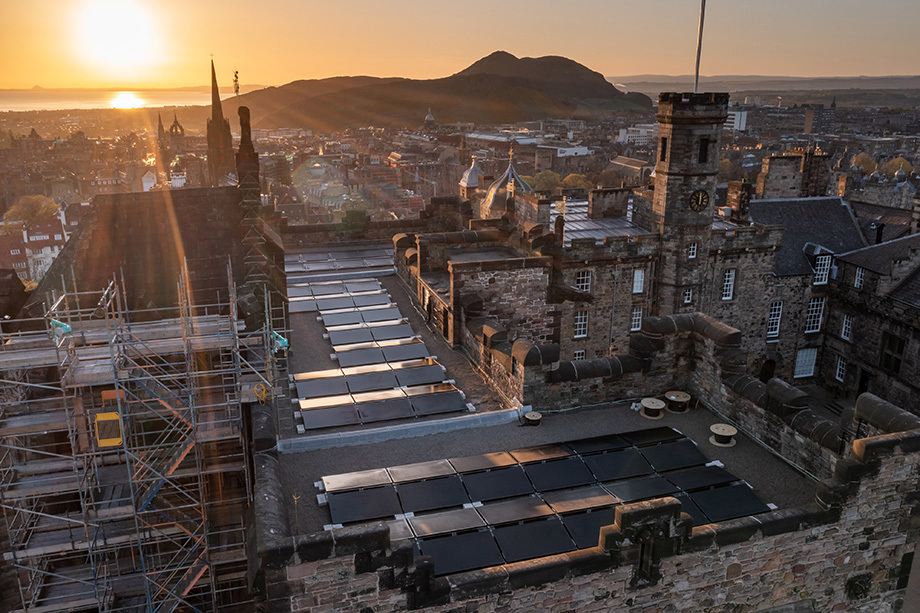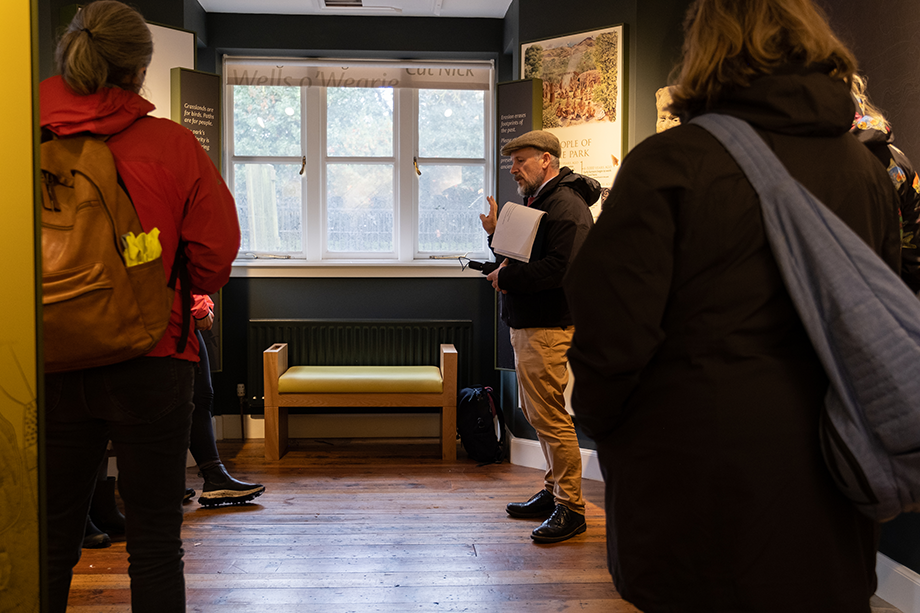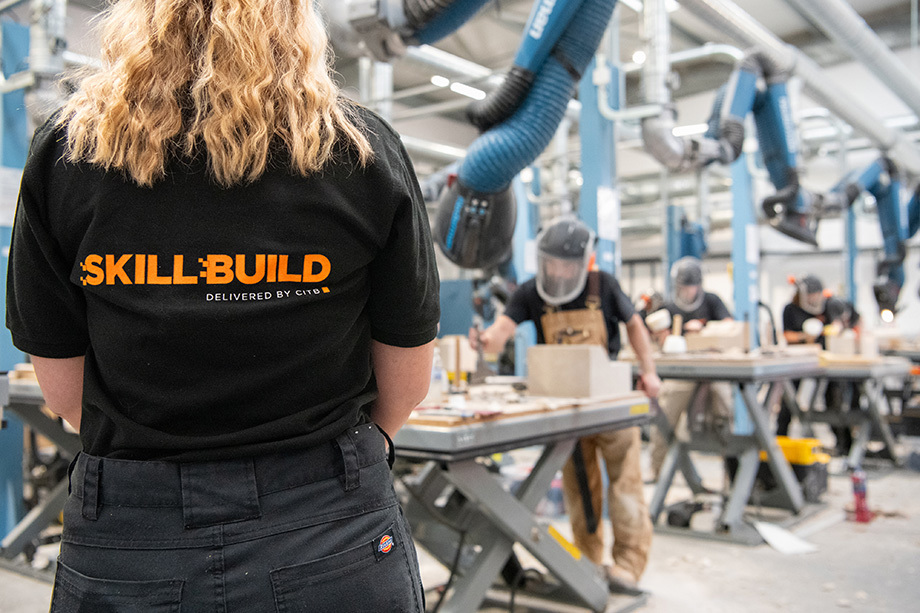
Scotland will achieve net-zero emissions by 2045. Find out how the historic environment will contribute to this target.
Our approach to achieving our outcomes is to facilitate and coordinate a wide range of actions, development, and dissemination activities that move us forward. You can find more information on our current work underway to achieve each outcome on these pages.
All our progress will be reported against our original baseline assessment of the sector’s performance.
Our initial approach includes establishing a baseline reporting method in the Greenhouse Gas (GHG protocol) and exploring mechanisms to broaden the reported data and its level of detail. There are also short-term and long-term actions identified to expand sector confidence, knowledge and data.

To deliver on our commitment to environmental sustainability, we monitor and report greenhouse gas (GHG) emissions across the organisation and sector. These graphs show progress toward reducing our carbon footprint over time and place HES’s emissions data alongside that of key partners, including VisitScotland and the National Lottery Heritage Fund. The final chart provides a breakdown of HES most recent emissions by type, helping us identify key areas for continued improvement.
There are short-term and long-term actions emerging for this area, including the important need for a phase of development work to inform a collective Historic Environment Route Map for Net Zero. This will include commissioning strategic advice/advisory groups in Year 2 to tackle critical need areas.

Historic buildings are central to Scotland’s identity, but their age can present challenges for modern living. These visualisations explore the number of dwellings by age band and highlight that older homes are more likely to fall below tolerable standards. This data can help inform decisions about where investment and support are most needed to preserve both heritage and housing quality.
The Skills Investment Plan (SIP) for the historic environment (2024) will produce detailed action plans.

From August 2024 onwards we will commission advice to tackle the following questions and inform work packages/briefs for a future Historic Environment Route Map for Net Zero.
At Comrie Croft, an eco-farm in Perthshire, a team of researchers, building professionals and community members have been assessing the sustainability of using turf as a building material today.
The project, funded by HES and a UK Economic and Social Research Council Impact Accelerator Grant, trialled building modern turf structures and investigated how prehistoric circular economies relying on turf regeneration could be translated into the present.
The project provided valuable insights beyond turf-building including reseeding strategies to maximise biodiversity and accounting of carbon balances including natural and social gains.
Designed and built by Daniel Postma of Archaeo Build, these structures and the wider project scope were developed from research by Tanja Romankiewicz of University of Edinburgh.